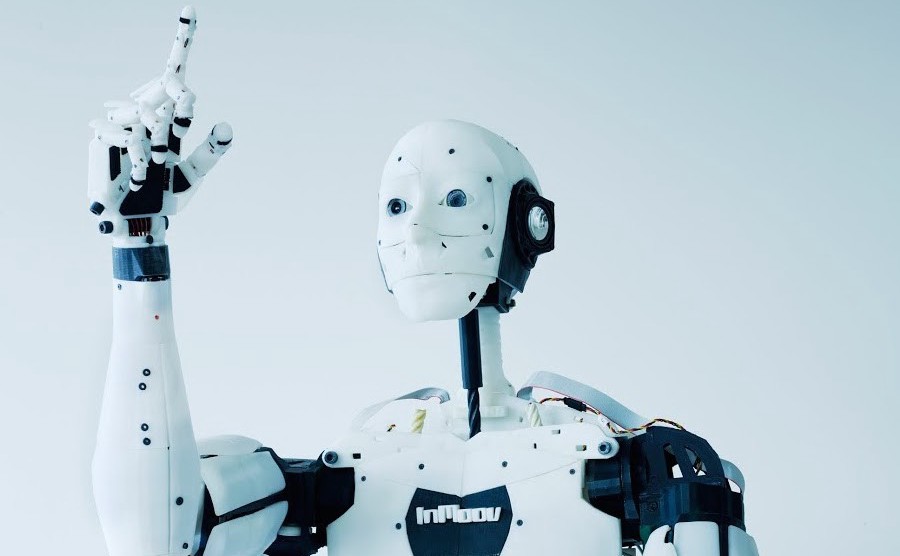

While it’s relatively simple to program robots to do things we find hard–storing and recalling all the words in a book, for example–it is exceptionally difficult to get them to do things we find easy, like deciphering the meaning of a smile.
This problem is known in robotics as Moravec’s paradox, and it is partly why robots are commonplace in factories but rarer in caring, social roles.
However, over the past decade or so, significant progress has been made in overcoming the technical complexities of creating more human-responsive robots. And, as our capabilities have increased, so have the potential uses of these “caring robots,” sometimes to surprising ends.
One of the most successful examples of a caring android is KASPAR, a robot that helps children with autism to better recognize human feelings. The robot produces simplified facial expressions representing a variety of emotions, enabling caretakers to teach children to understand their meanings.
The KASPAR project has been running since 2005, offering researchers the opportunity to test children’s reactions to the robot in a wide variety of situations. Early results show that children are comfortable talking with KASPAR, providing cause for optimism that robotics can be useful in making these potentially stressful situations easier for children. Recently, researchers have even examined the possibility of using KASPAR in police’s investigative interviews.
Another project looking to improve the lives of children is the Inmoov robot from Robots for Good. Inmoov represents some of the most positive applications of several emerging technologies. An open source, 3D-printed robot, it is aimed at enabling hospitalized children to visit popular attractions, such as the zoo, virtually. Placed on a Segway, the robot acts as the eyes and ears of the child, who is able to direct it from a hospital bed using virtual reality and a games controller.

Researchers are also making progress in developing robots that can assist in the care of the elderly. ACCOMPANY is one such project that aspires to build a robot allowing for the elderly to better maintain their independence. The researchers are aiming to build smart environments and robots in concert, creating living spaces that are able to meet the increased support that vulnerable people require. Prototypes are able to provide entertainment and mobility assistance, discern important sounds (such as a ringing doorbell), recognize visitors, and retrieve items like mugs and vases.
One of the greatest technical obstacles with projects like ACCOMPANY is the robot’s requirement for uniform, unchanging environments. Small things, like moving items from their usual space or uneven carpets and rugs, can cause significant issues within robotics. A research project known as STRANDS looks to tackle this. By developing new ways for robots to autonomously create and store 3D maps of their environments, STRANDS hopes to provide the know-how to develop robots that can perform in dynamic, real-world settings.
While significant progress is being made in the capabilities of caring robotics, there are some who are concerned about increasing reliance on technical fixes to what are primarily social problems. However, these robots can be designed to work with our social systems. They offer opportunities for independence that could allow the elderly and disadvantaged to better access society. Under our direction, caring robots could increase our humanity, not challenge it.


How We Get To Next was a magazine that explored the future of science, technology, and culture from 2014 to 2019. This article is part of our Robots vs Animals section, which examines human attempts to build machines better than nature’s. Click the logo to read more.
